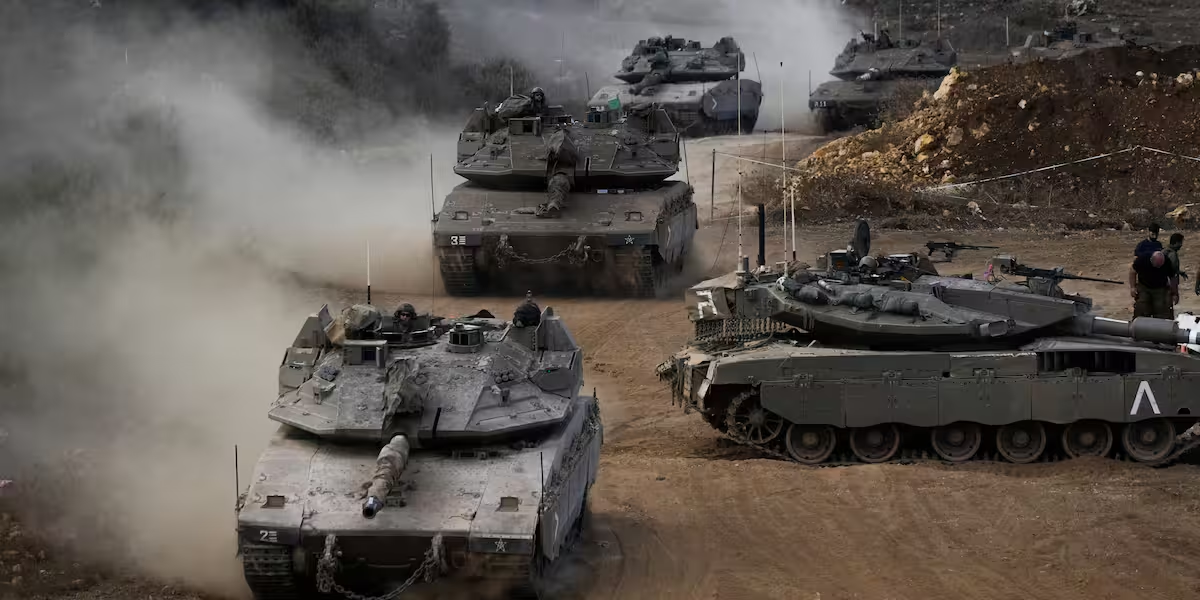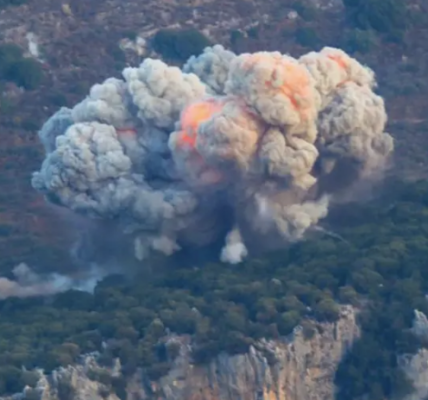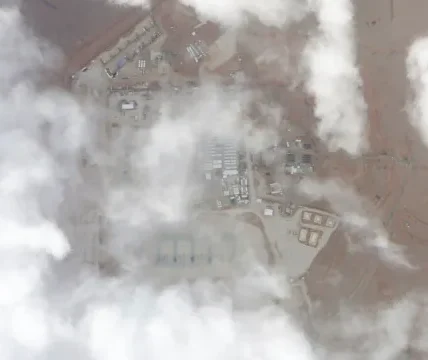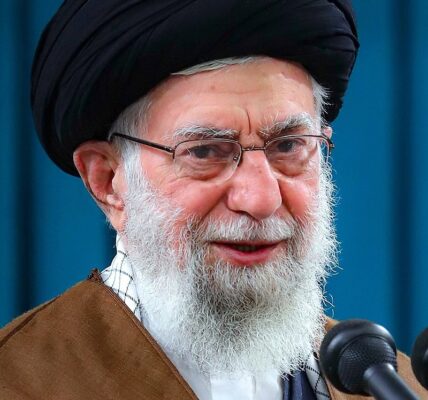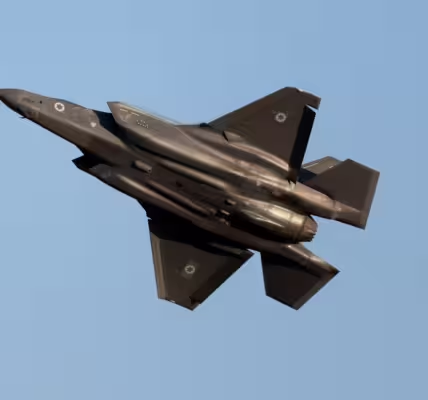
There has never been a better time in recent years for Israel to launch a cross-border ground attack against Hezbollah. The Iran-backed terrorist group’s senior leadership, both political and military, has almost been wiped out – with up to 19 senior officials, including its political leader Hassan Nasrallah, killed in recent weeks.
Morale amongst Hezbollah fighters must be desperately low after the group’s command and control network – the ability to coordinate its fighters dotted along the border with Israel – was severely undermined by the astonishing Mossad-led pager and walkie-talkie attack, which killed dozens of fighters and injured many more.
It must also be clear to many in Hezbollah now that the terror organisation has been severely penetrated by Mossad agents, who are able to provide real-time intelligence on the movements of what is left of Hezbollah’s high command.
Never before has the claim by Israel – that you can run, but you can’t hide – seemed so pertinent to those who seek its destruction.
Details of the Israeli ground incursion into Lebanon emerged in the early hours of this morning after weeks of increasingly intensive airstrikes against Hezbollah in the region. Paratroopers and commandos from Israel’s elite 98th division are involved in the operation, codenamed ‘Northern Arrows’, which is supported by the air force and artillery. Early Israeli reports said ‘intense fighting’ was taking place with Hezbollah in a string of southern Lebanese villages close to the border. Avichay Adraee, an Israel Defence Forces spokesman, said on X that ‘fierce fighting is underway in the south’. He also accused Hezbollah of operating from civilian areas and using human shields.
But while the timing of the ground incursion into Lebanon may represent the best possible chance to deliver a damaging blow against Hezbollah, Israeli prime minister Benjamin Netanyahu and his military commanders are running the risk of not only fighting two wars on two fronts, but multiple wars on multiple fronts. And most military experts argue that strategically such a position is at the very least undesirable.
Israel is now involved in military operations in the West Bank, Gaza and Yemen, where just over 24 hours ago it launched a series of airstrikes against the Houthis.
After almost a year of bitter fighting in Gaza, much of Israel’s reservist-based army is said to be exhausted. What many within Israel thought would be a relatively quick ground and air campaign designed to punish Hamas, has turned into a grim war of attrition with no meaningful endgame in sight. The Gazan death toll is in the thousands, while much of the region has been completely flattened.
For many of the hostage families, the trauma of Hamas’s mass murder on 7 October continues. There is no realistic prospect of the release of the 101 Israelis still being held captive somewhere in Gaza. And all the while the Israeli casualty toll mounts, with over 700 soldiers killed in action and thousands more left with terrible life-changing wounds.
It should be remembered that Hezbollah represents a different military threat to Hamas. The group is funded by Iran, trained by Iran’s Islamic Revolutionary Guard Corps and has an annual budget of somewhere between $800 million and $1 billion. The terrorist group is reportedly composed of around 100,000 fighters – although some estimates suggest that as few as 20,000 are actually full-time troops.
In all likelihood the Israeli troops will gain ground quickly, notching up a series of victories against Hezbollah in the process. But this is Hezbollah territory and it is unlikely they will give it up easily without a fight. Local Hezbollah commanders will have almost certainly mined bottlenecks, such as road junctions, or at the very least have them covered with anti-tank weapons. Abandoned houses will have been booby-trapped with improvised explosive devices and snipers will be ready and waiting to take out Israeli officers to cause chaos and confusion.
Alternatively, Hezbollah may simply decide to cede a buffer zone to Israel and wait for its troops to withdraw. Hezbollah did this two decades ago after accepting that defending southern Lebanon was simply too costly, before continuing its murderous rocket attacks on repopulated Israeli villages.
History has repeatedly shown that wars are far easier to fight than to end. A limited occupation designed to achieve a specific end – such as allowing Israelis to return to their villages – could easily turn into a much longer and more bloodier occupation.

